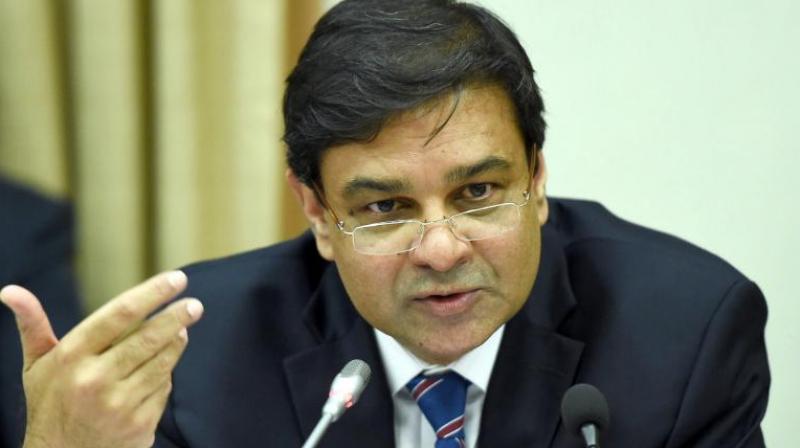RBI rate cut: What is policy rate and why it should bother you
A rate-cut will enable commercial banks to lower the interest rates at which they lend money to the customer.

Mumbai: Economists, lenders and media reports have been harping on about a policy rate-cut in the Monetary Policy Committee’s (MPC) August meet scheduled on Wednesday.
The MPC, headed by Reserve Bank governor Urjit Patel had disappointed many when it held the policy rate in June. At present, the repo rate stands at 6.25 per cent. So what is this rate-cut that seems to have consumed everyone?
The rate-cut that the MPC reviews every two months is the repo rate or the lending rate. It is the rate at which the central bank lends money to commercial banks like State Bank of India, ICICI Bank, Axis Bank, etc,against government securities.
A rate-cut by RBI therefore implies that commercial banks will be borrowing money from the central bank at a lesser rate. This will enable them to further lower the interest rates at which they lend money to the customer.
A rate-cut will also mean more profit for commercial banks as more people will flock to borrow money. These banks can keep their lending rate higher than the rate they borrow money from the RBI.
Therefore, this repo rate affects everyone from banks and businesses to the common man and the industry at large. If banks pass on this benefit to customers, as should be the practice, then, loans will become cheaper.
Interest on housing loans, education loans, car loans, business loans, etc, will be lesser.
Business will get a boost as all entities, big or small can have better access to more capital with lower interest rates. It will encourage newer ventures and also increase employment rates and demand for capital goods.
The MPC came into force in 2016 through the amendment of the Reserve Bank of India Act, 1934 (RBI Act). It is entrusted with the responsibility of maintaining price stability, while pushing for growth. It is autonomous of the Finance Ministry and fixes policy rates and keeps inflation within the target of 4 per cent.
The committee is headed by RBI governor Urjit Patel. It consists of three members from the central banks and three others appointed by the Central government.
